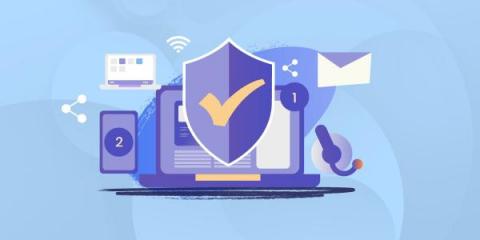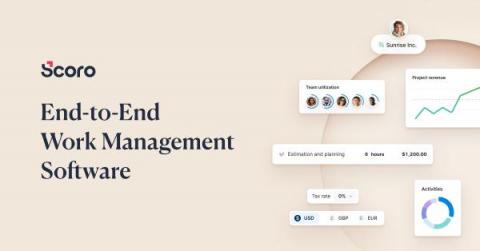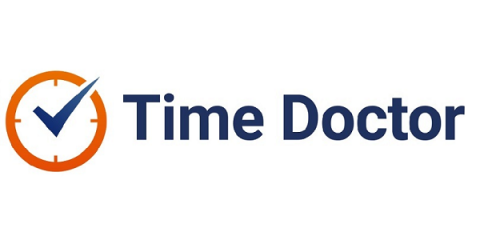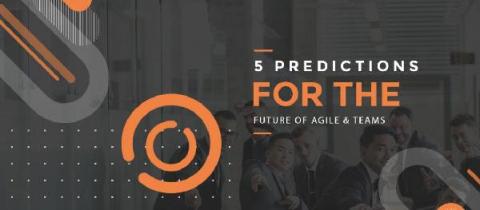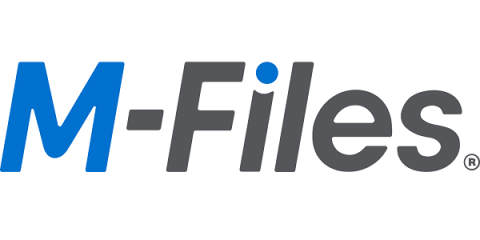Teams | Collaboration | Customer Service | Project Management
Latest News
How to upsell: Tips and tricks from the pros
Longtime customers are the lifeblood of a business. According to Marketing Metrics, you are 14 times more likely to sell to an existing customer than you are to attract a new one. What’s more, acquiring a new customer can cost five times more than simply investing in retaining one you already have. Upselling to existing customers is essential to growth.
Strategies to Secure a Digital Workplace
Digital workplace solutions have played a huge role in streamlining the shift to remote work. It has improved the employee experience and organizational productivity and made work-from-home almost as smooth as in-office work. While it has certainly made work life easier for both employees and managers alike, from a cybersecurity standpoint, having a single integrated interface with all the data from the organization in one place leaves the company vulnerable.
October 2021 Version Update: Even Better Work Management | Scoro
Carefully mapping out project-related work, and later, managing, adjusting, and reorganizing it when needed, plays a significant role in delivering a great service, on time. This is exactly the reason we keep making improvements to our work and time management features, starring in a supporting role in our users’ success. Here’s what we’ve done.
Why Top Companies Track Customer Experience Analytics
It’s no secret that customer experience (CX) can significantly influence your brand image, customer loyalty, and bottom line. And with customer experience analytics, you can better understand how to improve the customer experience. You’ll gain insights into the customer’s point of view, experience, and what pain points they face with your offerings. In this article, we’ll discuss the top 3 benefits of customer journey analytics and how to analyze customer experience.
7 Best Apps to Track Employee Location (In-Depth Look)
Business owners often turn to time-card apps to solve the operational nightmare that can be tracking hours for their employees, while simultaneously making sure they punch in and out of work when and where they’re supposed to. Our time-card app, Buddy Punch, helps with this very issue by leveraging your employees’ mobile device tracking technology, so you can always know when and where they punch in/out of work, or limit the coordinates from which they can do so if needed.
Are Your Customer Service Scores Unfair?
None of us likes being judged unfairly, and that’s especially true in the workplace. When it happens in our jobs, we are instantly transported back to the indignation we might’ve felt in the school playground. Usually, a ‘stolen’ stapler magically re-appears, a ‘missing’ report turns up, or the culprit who finished the biscuit barrel owns up to the heinous crime.
5 Predictions For the Future of Agile and Teams
As a consultant, I have had the privilege of working with a large number of organisations; from world-class software development powerhouses, to startups just getting their feet wet. No matter the size, the technology, or the market, they all have at least one common interest: to gain a competitive advantage. They might not always word it the same way from company to company, but it’s what they want.
Workflow Management: Why You Need It More Than You Think
Regardless of the type of organization you're running or even the industry that you're operating in, all businesses are at their best when they are equal parts organized and efficient. This is why your business processes are ultimately one of the most important parts of your operation on a daily basis — they help empower sustainability, encourage growth, and make it easier to unlock new levels of efficiency, all at the exact same time.
The essential employee onboarding checklist (free template included)
Whether it's remote or back in the office, there's no reason why a company shouldn't have a proper employee onboarding checklist for its new hires in 2021. If you've ever experienced a poor onboarding experience, you understand why it's so critical to have your ducks in a row for every new employee. In fact, you're more likely to have experienced subpar onboarding than not. Research from Gallup found only 1 in 10 employees strongly believe they had a great onboarding experience at their organization.




